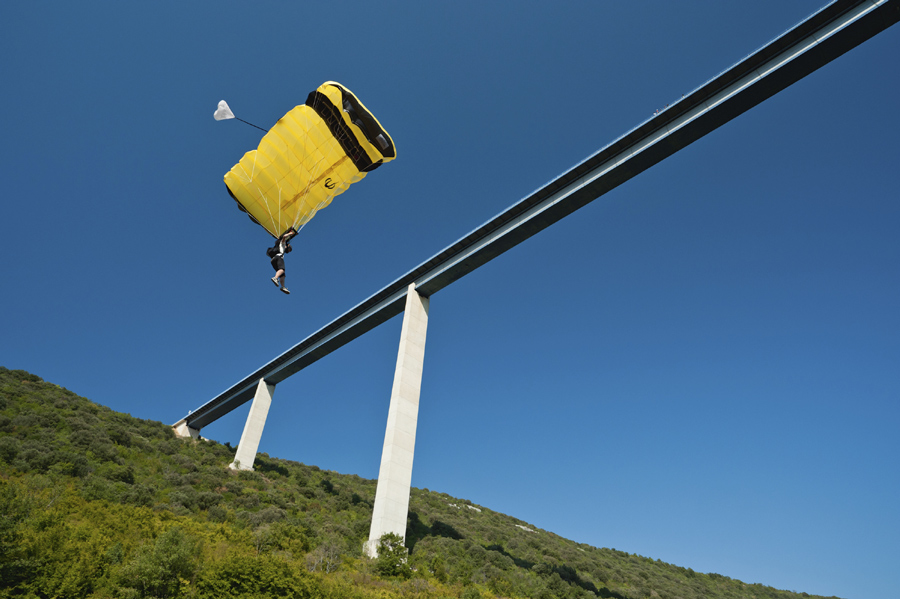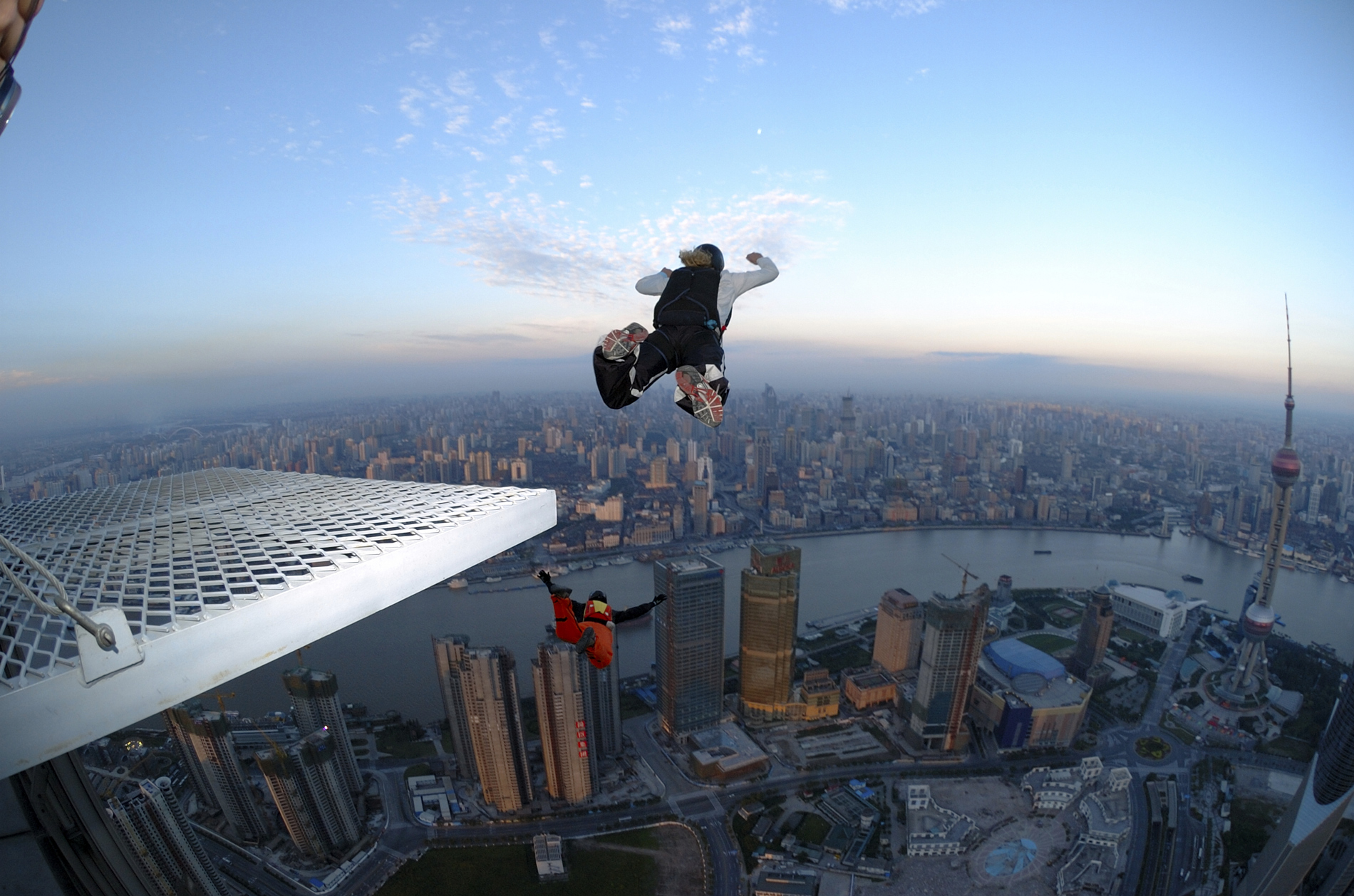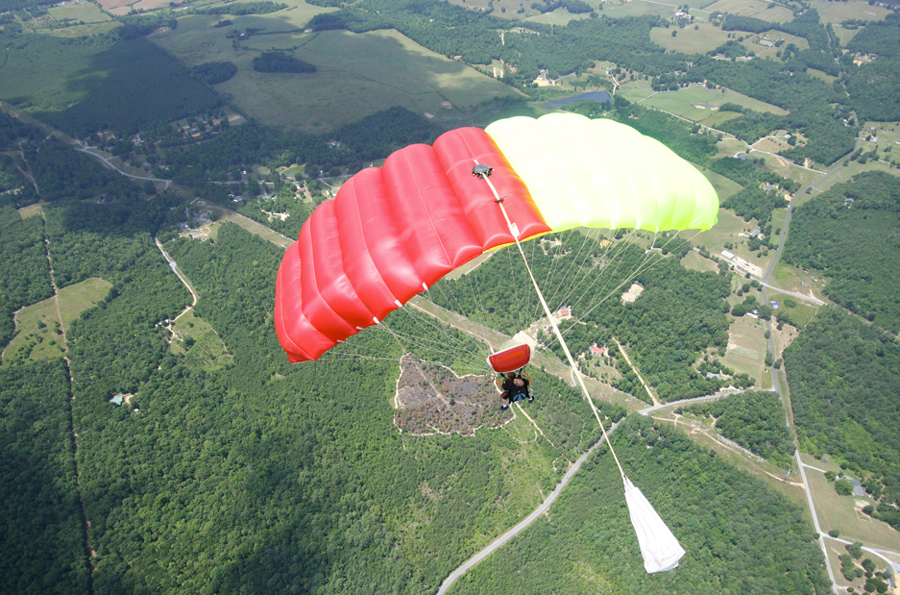BASE Jumping is a form of sky-diving that a lot of people know a small amount about, but only a small amount of people really know a lot about. Chances are, you’ll have seen BASE jumping videos of people flying through the skies in squirrel suits, and you can have a good stab at what many of the letters of the acronym BASE stand for, but how much do you really know about BASE Jumping?
What is BASE
BASE Jumping, derives from sky diving which, in turn, is a sub-genre of parachuting. The BASE part of the name is an acronym, which stands for Building, Antenna, Span, and Earth.
Buildings are the trickiest of the four elements for BASE Jumpers to fly from, as many have locked doors, CCTV, and security, all of which make getting in, up, and down difficult. As such, buildings that are still under construction prove popular with canny BASE Jumpers.
Antennas are significantly more popular than buildings because they can be as tall as any building on earth, but are easier to access, often have less security, and can be found in remote places, such as fields, deserts, and plains.

Spans are more commonly known as bridges, but wisdom dictated that BASE Jumping, as opposed to BABE Jumping was a wiser name. The ideal span would be wide, but also cross a suitably deep canyon or gorge, allowing enough time for the Jumper’s canopy to open. The most famous bridge in BASE Jumping is the New River Gorge Bridge in West Virginia, USA. On one day every year, the bridge is open for legal BASE Jumps, which coincides with a local festival on what is known in the area as Bridge Day.
Finally, Earth is any large, natural formation that is suitably big enough to jump from. Cliffs, Mountains with steep enough drops, and canyons are mong the most popular. El Capitan, the rock formation in Yosemite Park in considered by many to be the spiritual birthplace of BASE Jumping.
These four elements are the most common places Jumpers exit off. The Jumping part of the name, of course, refers to participants leaping from their chosen structure – known as a BASE Object – from where they free-fall to earth before deploying their parachute at the last possible moment.






